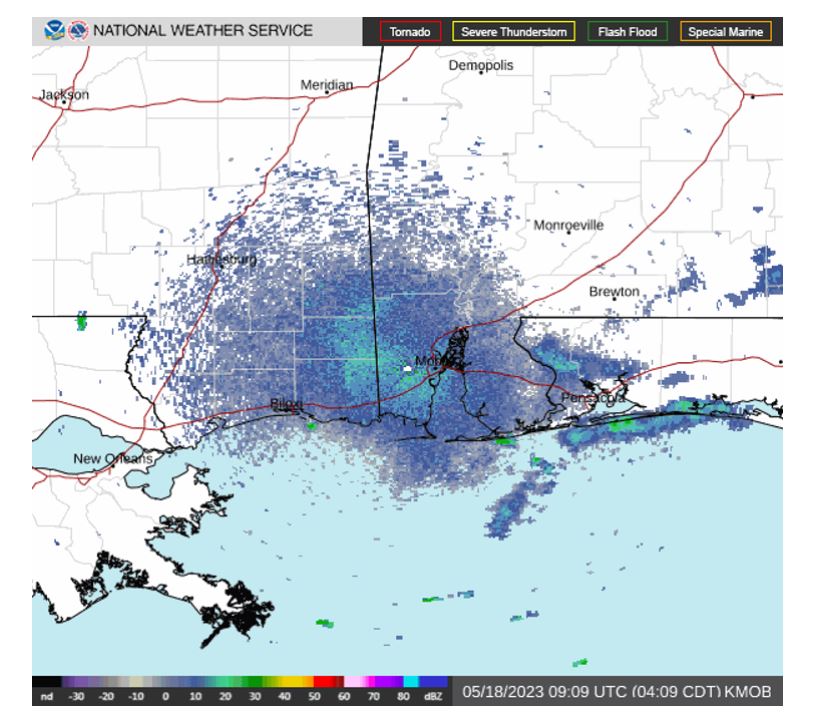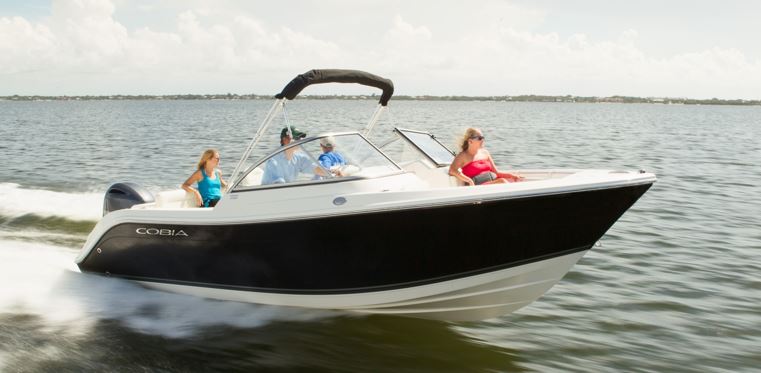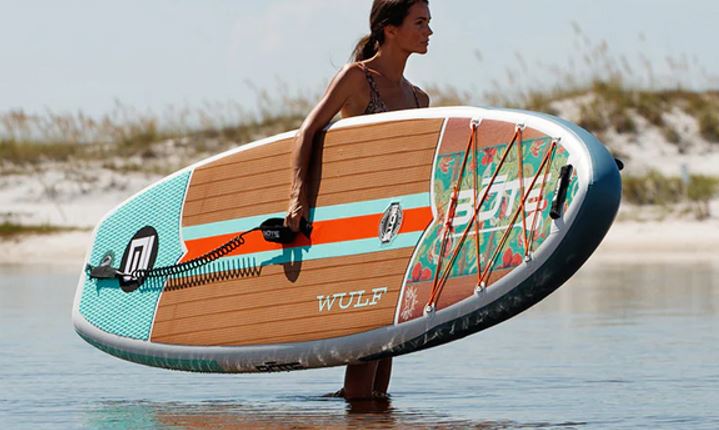National Safe Boating Week: Stay Safe Out There
National Safe Boating Week is May 20-26, and while experienced boaters know that EVERY week should be considered Safe Boating Week, this designation is a reminder to all of us that while boating is a very safe sport, there is danger in careless operation.
National Safe Boating Week is aimed at reminding all of us to brush up on boating safety skills and prepare for the boating season. The observance week is the annual kick-off of the Safe Boating Campaign, a global awareness effort that encourages boaters to make the most of their time on the water but also always be alert and responsible for safety of all aboard.
“The best boating experience is safe boating,” says Yvonne Pentz, communications director of the National Safe Boating Council, a nonprofit dedicated to helping create a safe boating experience for all boaters and the lead organization of the Safe Boating Campaign. “Have fun on the water, make memories with your family and friends – but always boat responsibly.”
U.S. Coast Guard statistics show that drowning was the reported cause of death in four out of every five recreational boating fatalities in 2020, and that 86 percent of those who drowned were not wearing life jackets.
Most drownings take place near shore and are the result of boaters falling out of or capsizing small boats, so don't think that because you're paddling a kayak on your home pond that you don't need the PFD--in fact, that's just where you might need it most.
When selecting a life jacket, a boater should check that it is U.S. Coast Guard approved, appropriate for the water activity, and fits properly. PFD's suitable for inland use are not necessarily approved for offshore duty. See the classification system here: https://www.dco.uscg.mil/CG-ENG-4/PFDSel.
“Remember, the best life jacket is the one you will wear,” said Pentz. “Whether you’re going fishing or just enjoying a ride on the boat, boat like a pro and make sure you’re prepared for the adventure.”
The National Safe Boating Council recommends these tips for boaters:
• Take a boating safety course. Gain valuable knowledge and on-water experience in a boating safety course with many options for novice to experienced boaters.
• Check equipment. Schedule a free vessel safety check with local U.S. Coast Guard Auxiliary or U.S. Power Squadrons to make sure all essential equipment is present, working and in good condition. (Note that they only recommend you correct any deficiencies--there's no requirement that you do so, except maybe common sense.)
• Make a float plan. Always let someone on shore know the trip itinerary, including operator and passenger information, boat type and registration, and communication equipment on board.
• Wear a life jacket. Make sure everyone wears a life jacket – every time. A stowed life jacket is no use in an emergency.
• Use an engine cut-off device – it’s the law. An engine cut-off device, or engine cut-off switch, is a proven safety device to stop the boat’s engine should the operator unexpectedly fall overboard. Electronic devices now allow eliminating the physical tether--a good investment if the operator has to move around the boat frequently while underway, as in trolling.
• Watch the weather. Always check the forecast before departing on the water and frequently during the excursion. But don't depend blindly on forecasts--local weather can surprise at times.
Weather radar is a boater's best friend--check it before and during every trip. (NOAA)
• Know what’s going on around you at all times. Nearly a quarter of all reported boating accidents in 2020 were caused by operator inattention or improper lookout.
• Know where you’re going and travel at safe speeds. Be familiar with the area, local boating speed zones and always travel at a safe speed.
• Never boat under the influence. A BUI is involved in one-third of all recreational boating fatalities. Always designate a sober skipper.
• Keep in touch. Have more than one communication device that works when wet. VHF radios, emergency locator beacons, satellite phones, and cell phones can all be important devices in an emergency.
• Know the Rules of the Road: Boaters have driving rules on the water, just as cars and trucks have rules on land. Know and follow the rules.
Speaking of EPIRBS and PLB's, National 406 Day, promoted by NOAA, was March 31. That is a day to remind all of us who work or play on the water that locator devices are remarkably effective life saving tools. In fact, NOAA says they have saved some 50,000 lives worldwide since going into use. In 1987, the Tron 30S was released as the world's first 406 MHz EPIRB.
The Tron 30S was the world's first approved 406 EPIRB, released in 1987. These devices and PLB's have reportedly saved some 50,000 lives since. (JOTRON)
EPIRBs are devices that are mounted on boats and are used to alert rescue authorities of a distress situation. When activated, an EPIRB sends a signal to the Cospas-Sarsat satellite system, which then relays the information to local search and rescue organizations. This provides rescuers with the exact location of the distressed boat and its occupants, allowing them to respond quickly and efficiently.
PLBs are similar to EPIRBs but are designed to be carried by individuals, such as hikers, campers, and boaters. PLBs are smaller and more compact than EPIRBs, making them easy to carry in a backpack or attach to a life jacket. When activated, PLBs also send a distress signal to the Cospas-Sarsat satellite system, which alerts rescuers of the location and nature of the emergency.
PLB's are also less expensive than EPIRB's, making them more in reach for more boaters. Prices start at around $350.
Which ever suits your boating and your budget, these devices are worth their weight in gold should you ever be aboard a sinking boat or fall overboard. See our BoatTEST Buyers Guides for the various products currently on the market.
Just note that where ever you boat, you're generally much safer in a boat than in a car on U.S. highways, but a few precautions and the right gear can help to make sure you're never one of those on the unfortunate side of the statistics.
In partnership with the United States Coast Guard, the National Safe Boating Council encourages boaters to register, test, and maintain their devices. Owning and using an EPIRB or PLB is the best way to increase the likeliness a boater is found in an emergency situation. By being prepared and having at least two reliable forms of communication, boaters can help ensure they and their families stay safe while enjoying the water.
The Safe Boating Campaign is produced under a grant from the Sports Fish Restoration and Boating Trust Fund and administered by the U.S. Coast Guard. The campaign offers a variety of free and paid resources to support local boating safety education efforts. Learn more at www.safeboatingcampaign.com.
About the National Safe Boating Council
Established in 1958, the National Safe Boating Council is the foremost coalition for the advancement and promotion of safer boating through education, outreach, and training. For more information about NSBC programs and professional development opportunities, visit www.safeboatingcouncil.org.







